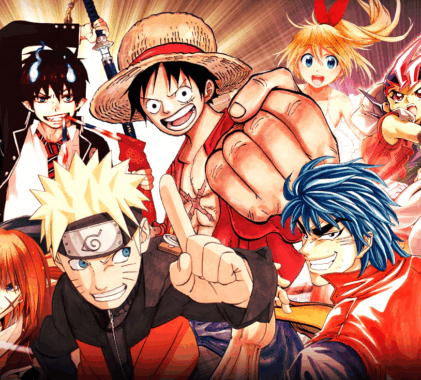
The origins and history of manga
Japanese manga traces its roots back to picture scrolls from the Heian period. In the late 19th century, satirical cartoons from Kitazawa Rakuten and others helped popularize the term “manga.” After World War II, Tezuka Osamu transformed manga expression with his work Astro Boy, which greatly influenced later generations. The rise of the “gekiga” genre in the 1960s marked a significant shift; this genre focused on realistic portrayals for adults by Yoshida Michinobu, Tatsumi Yoshihiro, and others. Manga grew by blending images and narratives, eventually becoming a key representation of Japanese culture.
日本の漫画は平安時代の絵巻物に起源を持ち、19世紀後半には北沢楽天らによる風刺漫画が「漫画」という語を定着させました。戦後には手塚治虫が『鉄腕アトム』で漫画表現を革新し、以降の世代に多大な影響を与えました。特に1960年代に登場した「劇画」ジャンル—吉田道信や辰巳ヨシヒロらによる大人向けのリアル描写—が漫画表現の幅を一気に広げました 。漫画は絵とストーリーの融合で進化し、やがて日本文化を代表するメディアとなりました。

